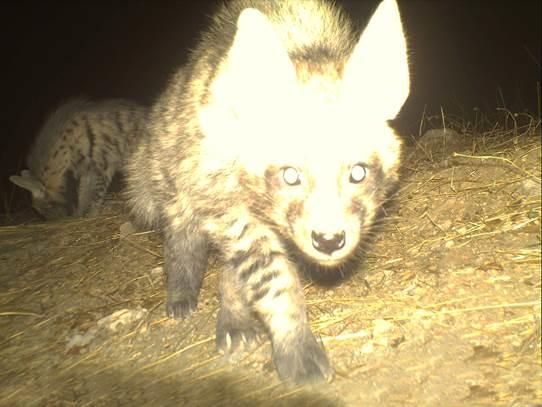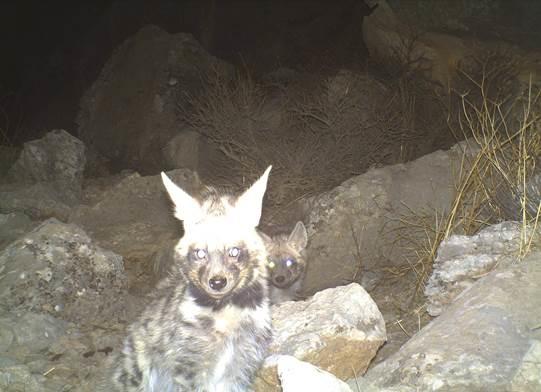İsmet Ceyhun Yildirim
The striped hyena (Hyaena hyaena) is presumed extirpated from many parts of Turkey due to poaching, habitat destruction, and loss. Even so, the last refugial areas and intact habitats surrounded by human-dominated landscapes currently host distinct subgroups of the Eurasian population to be monitored and protected. For the long-term monitoring and effective conservation, the initial objectives of our project are to explore these subgroups that some few might be distinct population segments, to identify priority habitat blocks and corridors, to determine distribution patterns and to assess population abundance across the country. By putting into the community-based participatory approach practice in research and conservation, therefore, our main purpose is to stimulate local people and authorities by training and cooperating and to promote conservation efforts through a wide network established for the saving of the striped hyena and for the recovery of populations within core habitats.

Two striped hyena cubs. © İsmet Ceyhun Yıldırım.
The striped hyena is a potential flagship species to strengthen local communities' knowledge of wildlife and vulnerable areas, raise awareness and ultimately provide that they take an active role in conservation efforts. In this regard, local people participating in hyena distribution research in our project will gain experience in hyena tracking and support both hyena monitoring and conservation activities. Once our project is completed, the actual distribution areas of this threatened species will be identified. This basic knowledge will help us to reverse the trend of decline and also preserve local populations and gene pools.

Young striped hyenas. © Eray Özkan.
Historical records indicate that the striped hyena had a wide distribution in Southern and Western Turkey. However, according to current reports from local sources, this species struggles to survive in human-dominated landscapes even outside the known historical range of distribution in the past. Lack of population surveys and conservation efforts for hyenas and their habitats are especially worrisome. Hence, it is vital to assess the status of this highly endangered and charismatic carnivore in its last European range.
During our community-based participatory project, local people will be involved in the fieldwork to investigate and protect sub-populations on the verge of extinction. Eventually, we will be able to identify the most critical sites for survival and implement conservation plans including the preservation of key habitats. The target group of the project is hunters, shepherds, and farmers.
Expected outputs of the project:
1. Distribution and abundance database
2. Trained local hyena scouts and conservationists
3. Strengthened community conservation efforts
4. Establishment of a monitoring and protection network
5. Conservation plan
6. Scientific paper
Country-wide status assessment will identify areas of habitat critical to the survival of the striped hyena and also key threats. By this means, we will be able to designate conservation objectives and actions that could aid in stopping hyena mortality and supporting population recovery.
Conservation depends on local education and outreach to raise awareness about the threats to the striped hyena survival and to identify ways the local community could help sustain the populations. We expect positive change in the attitude of people by means of education campaigns raising awareness about the importance and functional uniqueness of striped hyenas and sympatric carnivores in an ecosystem.
Furthermore, establishing monitoring and protection network primarily involving local communities will prevent the extirpation of hyena populations and ensure long-term protection of hyena habitats.